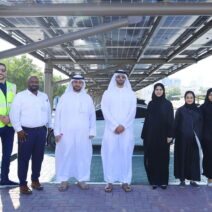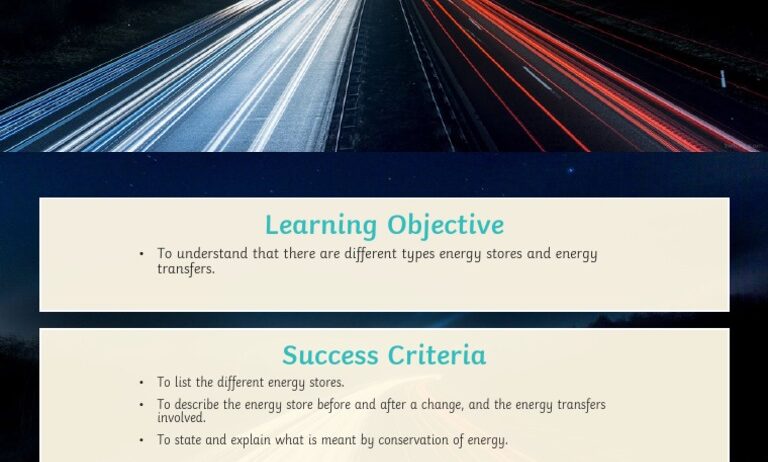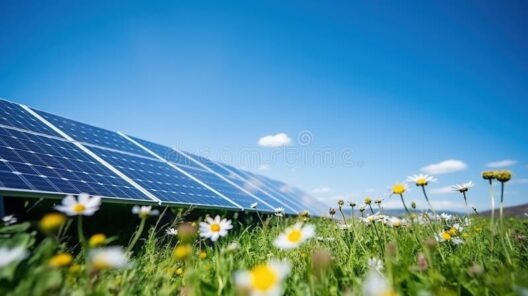Energy is a fundamental aspect of our universe, pivotal for driving the mechanisms of our existence, from the smallest cellular processes to the vast systems that govern the climate and ecosystems of our planet. Transformation and conservation of energy are vital topics in understanding how energy moves and changes forms, as well as the implications of these processes for our natural environment.
When we discuss energy transformation, we refer to the conversion of energy from one form to another. This is a process that happens continuously in both natural and artificial settings. Common examples include converting kinetic energy to electrical energy in wind turbines, or transforming chemical energy contained in fossil fuels into thermal energy during combustion. Each of these transformations, while seemingly straightforward, reflects a deeper journey of energy, often accompanied by a consequential impact on our environment.
Energy conservation is an essential principle rooted in the laws of thermodynamics. The First Law of Thermodynamics states that energy cannot be created or destroyed in an isolated system; it can only change forms. This principle plays a vital role in energy management, emphasizing that while we can transform energy, the total amount within a closed system remains constant. Understanding this can shape our approach to sustainability and resource utilization.
As we shift gears into practical applications of this concept, it is crucial to consider energy transformation in multiple contexts. Renewable sources of energy, such as solar and wind, epitomize efficient energy transformation methods. Solar panels, for instance, capture sunlight and convert it into electrical energy through photovoltaic cells. This direct conversion not only illustrates energy transformation but also demonstrates how harnessing energy sustainably can mitigate the negative impacts of fossil fuel reliance.
From a technological standpoint, energy conservation techniques can manifest in numerous ways. One prominent method is through energy-efficient appliances, which operate at a reduced energy output while delivering the desired performance. Energy Star-rated products exemplify this category, using less energy to achieve the same results as their conventional counterparts. Such initiatives significantly contribute to the broader agenda of conserving our finite energy resources.
Additionally, the industrial sector employs a diverse range of energy conservation strategies. Process optimization, for example, enhances manufacturing efficiency by recovering waste heat and reusing it in production cycles. This not only conserves energy but also minimizes environmental harm by reducing emissions. By prioritizing resource efficiency, industries can transform their operations into more sustainable practices, directly aligning with global climate goals.
At the consumer level, understanding energy conservation begins with awareness and education. Simple lifestyle choices—such as reducing unnecessary electricity use, employing LED lighting instead of incandescent bulbs, and optimizing heating and cooling systems—can collectively lead to significant energy savings. Each individual’s decisions contribute to larger environmental impacts, showcasing the power of collective action in energy conservation.
The journey of energy does not merely reflect human activity; it also encompasses natural processes. Consider the water cycle: energy from the sun drives evaporation, forming clouds, and subsequently precipitating rain. Herein lies a seamless transformation of solar energy into atmospheric and kinetic energy. Such natural phenomena outline the interconnectedness of energy systems and remind us of nature’s efficiency in energy transformation and conservation.
However, the energy transformation process is not without its inefficiencies and losses. During energy conversion, some energy dissipates as heat, leading to a reduction in the usable energy available for subsequent processes. For example, in power generation plants, heat loss represents a significant efficiency hurdle that must be managed to enhance system performance. This highlights the importance of ongoing research and innovation aimed at minimizing energy losses during transformation.
In recent years, emerging technologies such as smart grids and energy storage solutions have revolutionized our approach to energy conservation. Smart grids enable real-time monitoring and management of energy flow, optimizing distribution and minimizing waste. Meanwhile, advancements in battery technology—particularly lithium-ion and flow batteries—are leading the way in energy storage, allowing for greater utilization of renewable energy and offering a buffer against supply fluctuations.
Moreover, energy conservation holds paramount importance in addressing climate change. The Intergovernmental Panel on Climate Change (IPCC) emphasizes that reducing greenhouse gas emissions is essential for limiting global warming. Transitioning to cleaner energy sources requires a paradigm shift in how society understands and utilizes energy, to ensure that transformations pivot towards sustainable pathways.
In conclusion, the journey of energy through transformation and conservation is multifaceted, involving principled understanding, technological development, and conscious consumer behavior. The implications extend far beyond individual actions; they envelop global efforts aimed at sustainable development and environmental stewardship. As we collectively navigate this essential discourse, we empower ourselves to strive for a more resilient and sustainable future. Ultimately, it is not only about conserving energy but embracing a holistic vision for our planet’s vitality.







